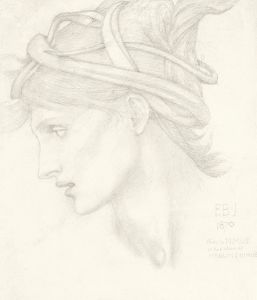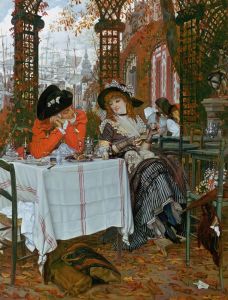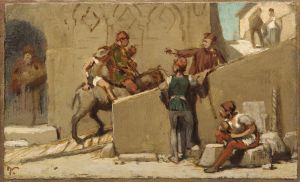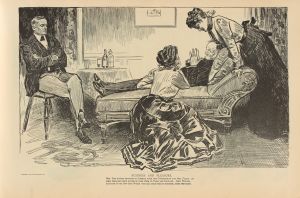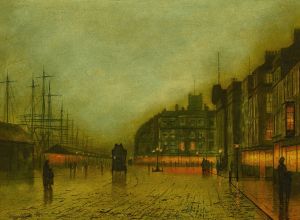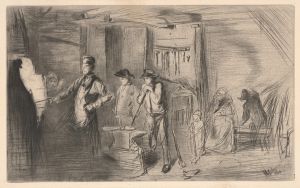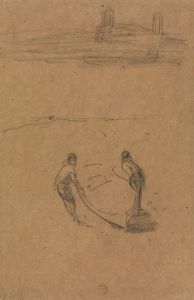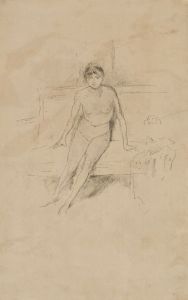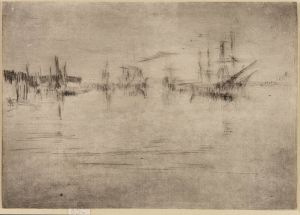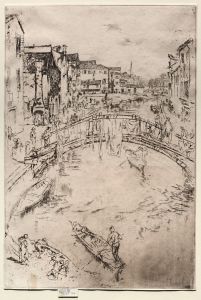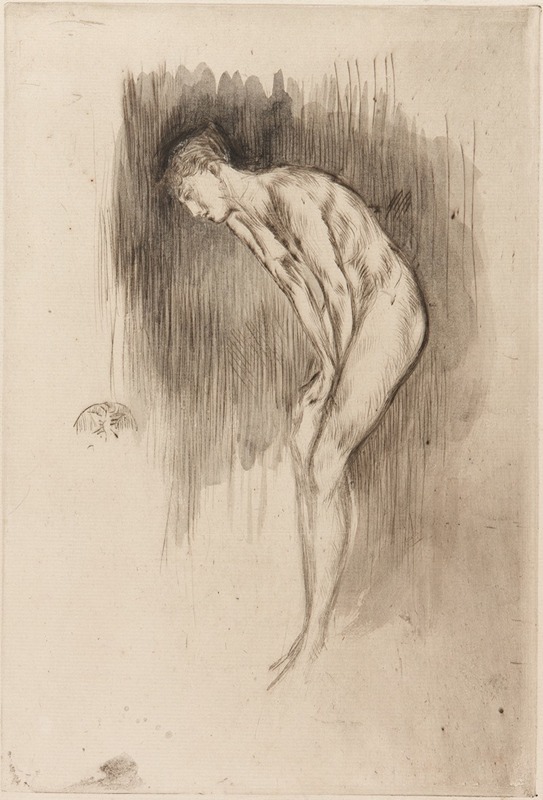
Tillie; A Model
A hand-painted replica of James Abbott McNeill Whistler’s masterpiece Tillie; A Model, meticulously crafted by professional artists to capture the true essence of the original. Each piece is created with museum-quality canvas and rare mineral pigments, carefully painted by experienced artists with delicate brushstrokes and rich, layered colors to perfectly recreate the texture of the original artwork. Unlike machine-printed reproductions, this hand-painted version brings the painting to life, infused with the artist’s emotions and skill in every stroke. Whether for personal collection or home decoration, it instantly elevates the artistic atmosphere of any space.
James Abbott McNeill Whistler was an American artist known for his significant contributions to the art world in the late 19th century. He is best recognized for his paintings, etchings, and lithographs, which often emphasized mood and atmosphere over detailed realism. One of his lesser-known works is "Tillie; A Model," a painting that reflects Whistler's interest in portraiture and his distinctive style.
"Tillie; A Model" is a portrait that exemplifies Whistler's approach to capturing the essence of his subjects with a focus on simplicity and subtlety. Whistler often employed a limited color palette and delicate brushwork, which can be seen in this work. The painting features a model named Tillie, who was one of the many individuals who posed for Whistler during his career. The identity of Tillie beyond her role as a model is not widely documented, which is common for many of the sitters in Whistler's portraits.
Whistler's portraits, including "Tillie; A Model," are characterized by their emphasis on the sitter's personality and the mood of the scene rather than on intricate details. This approach aligns with Whistler's broader artistic philosophy, which was influenced by the Aesthetic Movement. The Aesthetic Movement prioritized beauty and harmony in art, often valuing these elements over narrative content or moral messages. Whistler's work, including this portrait, often reflects these principles through its elegant composition and restrained use of color.
The painting likely dates from the period when Whistler was actively working in London, where he spent much of his career. During this time, Whistler was associated with a circle of artists and intellectuals who were exploring new ideas about art and its role in society. His work was both celebrated and controversial, with some critics praising his innovative techniques and others questioning his departure from traditional artistic norms.
"Tillie; A Model" fits within Whistler's broader oeuvre, which includes other famous works such as "Arrangement in Grey and Black No. 1" (commonly known as "Whistler's Mother") and "Nocturne in Black and Gold: The Falling Rocket." While "Tillie; A Model" may not be as widely recognized as these other paintings, it nonetheless contributes to our understanding of Whistler's artistic legacy and his approach to portraiture.
Whistler's influence extended beyond his paintings; he was also known for his writings on art, including "The Gentle Art of Making Enemies," a book that collected his thoughts on art criticism and his famous libel trial with art critic John Ruskin. This trial highlighted Whistler's belief in the artist's right to create without the constraints of conventional expectations.
In summary, "Tillie; A Model" is a testament to James Abbott McNeill Whistler's skill as a portraitist and his commitment to the principles of the Aesthetic Movement. The painting reflects his ability to capture the essence of his subjects with elegance and simplicity, contributing to his enduring reputation as a pivotal figure in the history of art.





